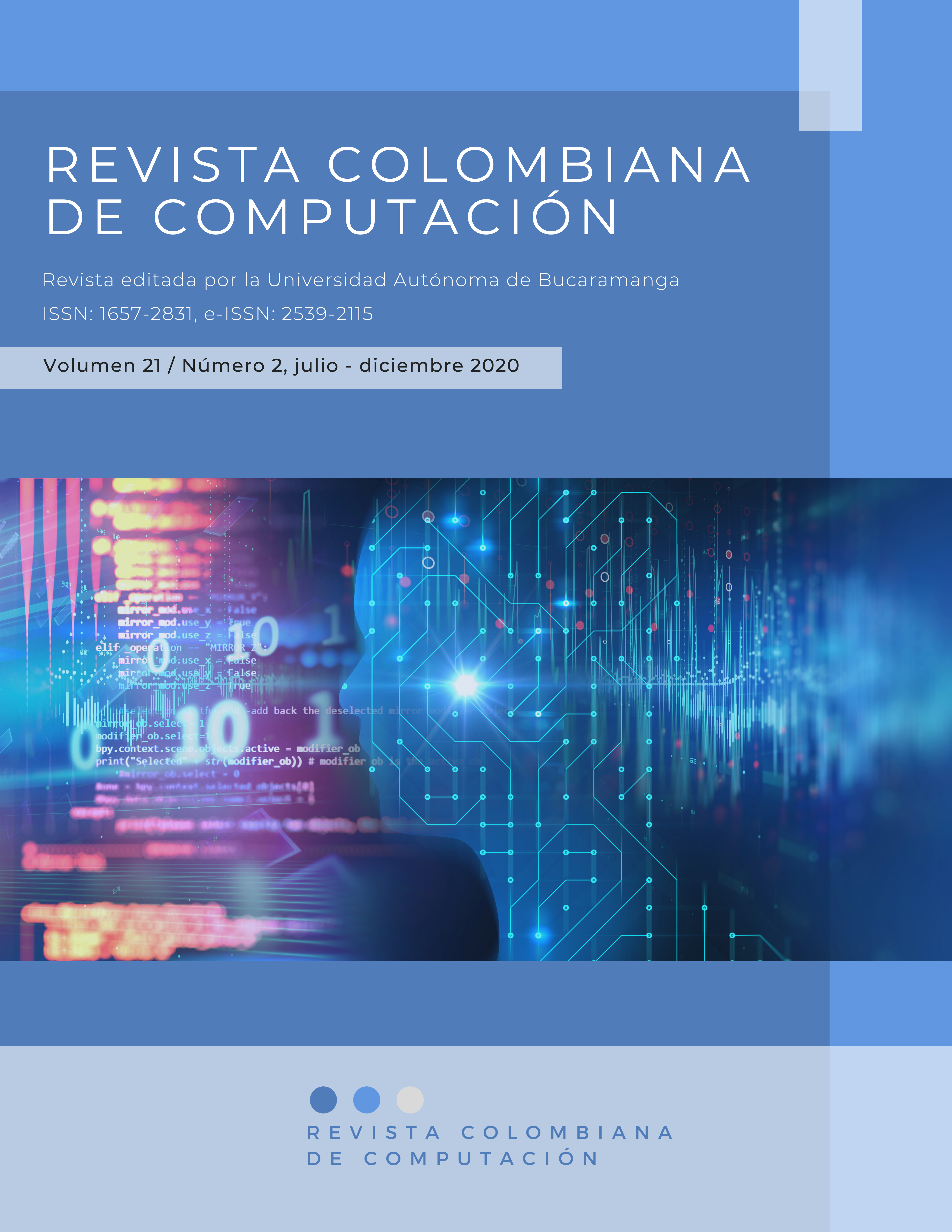Noticias falsas; en busca de la vacuna
Resumen
La difusión de información falsa representa una seria amenaza para los individuos, entidades y sociedades. En respuesta, se ha intensificado el estudio de las “fake news”, la forma en que se producen y difunden, y las medidas para evitar o reducir su propagación. Siguiendo el método de revisión sistemática, el presente trabajo pretende dar respuesta, desde distintas miradas y bajo distintas concepciones, a interrogantes como: ¿qué son las noticias falsas?; ¿cómo se caracteriza su ciclo de vida?; y, ¿cómo se determina el impacto de las noticias falsas? Adicionalmente, y debido a nuestro interés particular en el diseño de espacios seguros para la colaboración en línea, nos preguntamos: ¿existe relación entre la propagación o el impacto de las noticias falsas y el diseño de los espacios colaborativos en los que se diseminan?
Referencias bibliográficas
Blanco Alfonso, I., García Galera, C., & Tejedor Calvo, S. (2019). The impact of fake news on social science research. Systematized bibliographical review. Historia y Comunicación Social, 24(2), 449–469. https://doi.org/10.5209/hics.66290
Dmytriw, A. A., Sorenson, T. J., Morris, J. M., Nicholson, P. J., Hilditch, C. A., Graffeo, C. S., & Brinjikji, W. (2019). #Fake news: a systematic review of mechanical thrombectomy results among neurointerventional stroke surgeons on Twitter. Journal of NeuroInterventional Surgery, 11(5), 460–463. https://doi.org/10.1136/neurintsurg-2018-014319
Egelhofer, J. L., & Lecheler, S. (2019). Fake news as a two-dimensional phenomenon: a framework and research agenda. Annals of the International Communication Association, 43(2), 97–116. https://doi.org/10.1080/23808985.2019.1602782
Ferreira, C. C., Robertson, J., & Kirsten, M. (2019). The truth (as I see it): philosophical considerations influencing a typology of fake news. Journal of Product & Brand Management, 29(2), 150–158. https://doi.org/10.1108/JPBM-12-2018-2149
Hooper, V. A. (2008). Fake news and social media: The role of the receiver. En N. Corcoran & V. Cunnane (Eds.), Proceedings of the 5th European Conference on Social Media, ECSM 2018 (pp. 62–68). Academic Conferences and Publishing International Limited.
Kitchenham, B., & Charters, S. (2007). Guidelines for performing Systematic Literature Reviews in Software Engineering. En Keele University and Durham University Joint Report.
LIFIA. (2020). Scolr. Support for Collaborative, Open, Literature Reviews. http://scolr.cientopolis.org
Manzoor, S. I., Singla, J., & Nikita. (2019). Fake News Detection Using Machine Learning approaches: A systematic Review. 2019 3rd International Conference on Trends in Electronics and Informatics (ICOEI), 230–234. https://doi.org/10.1109/ICOEI.2019.8862770
Ozturk, P., Li, H., & Sakamoto, Y. (2015). Combating Rumor Spread on Social Media: The Effectiveness of Refutation and Warning. 2015 48th Hawaii International Conference on System Sciences, 2406–2414. https://doi.org/10.1109/HICSS.2015.288
Parra, P., & Oliveira, L. (2018). Fake news: A systematic review of the literature. Observatorio, 12, 54–78.
Saquete, E., Tomás, D., Moreda, P., Martínez-Barco, P., & Palomar, M. (2020). Fighting post-truth using natural language processing: A review and open challenges. En Expert Systems with Applications (Vol. 141, p. 112943). Elsevier Ltd. https://doi.org/10.1016/j.eswa.2019.112943
Sharma, K., Qian, F., Jiang, H., Ruchansky, N., Zhang, M., & Liu, Y. (2019). Combating Fake News: A Survey on Identification and Mitigation Techniques. ACM Transactions on Intelligent Systems and Technology, 10, 1–42. https://doi.org/10.1145/3305260
Shu, K., Sliva, A., Wang, S., Tang, J., & Liu, H. (2017). Fake News Detection on Social Media: A Data Mining Perspective. ACM SIGKDD Explorations Newsletter, 19(1), 22–36. https://doi.org/10.1145/3137597.3137600
Tomaz, R. M., & Tomaz, J. M. T. (2020). The Brazilian Presidential Election of 2018 and the relationship between technology and democracy in Latin America. Journal of Information, Communication and Ethics in Society, 18(4), 497–509. https://doi.org/10.1108/JICES-12-2019-0134
Torres, R., Gerhart, N., & Negahban, A. (2018). Epistemology in the Era of Fake News: An Exploration of Information Verification Behaviors among Social Networking Site Users. ACM SIGMIS Database: the DATABASE for Advances in Information Systems, 49(3), 78–97. https://doi.org/10.1145/3242734.3242740
Wang, Y., McKee, M., Torbica, A., & Stuckler, D. (2019). Systematic Literature Review on the Spread of Health-related Misinformation on Social Media. Social Science & Medicine, 240, 112552. https://doi.org/10.1016/j.socscimed.2019.112552
Descargas













